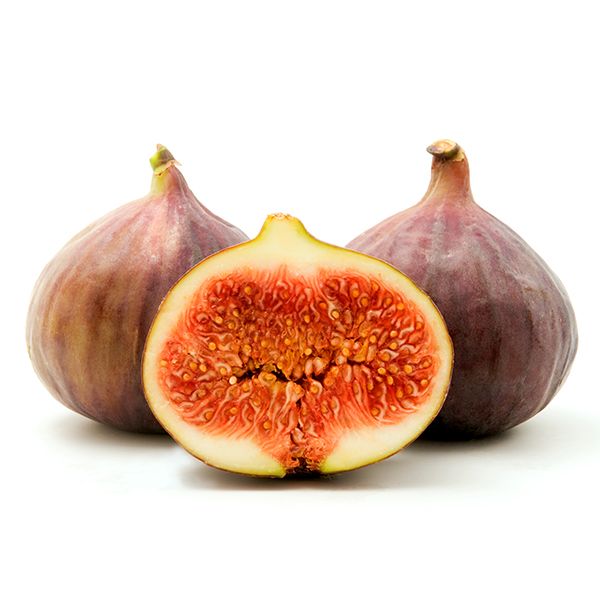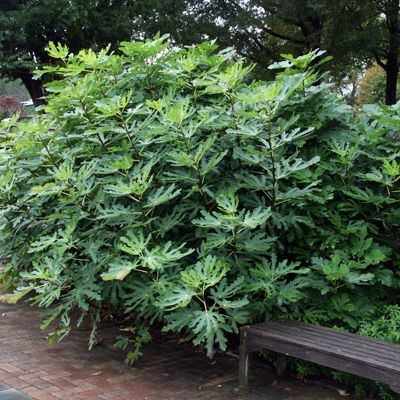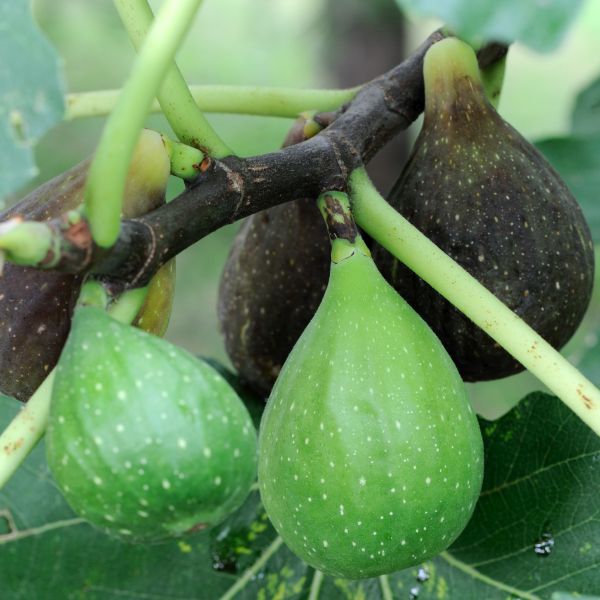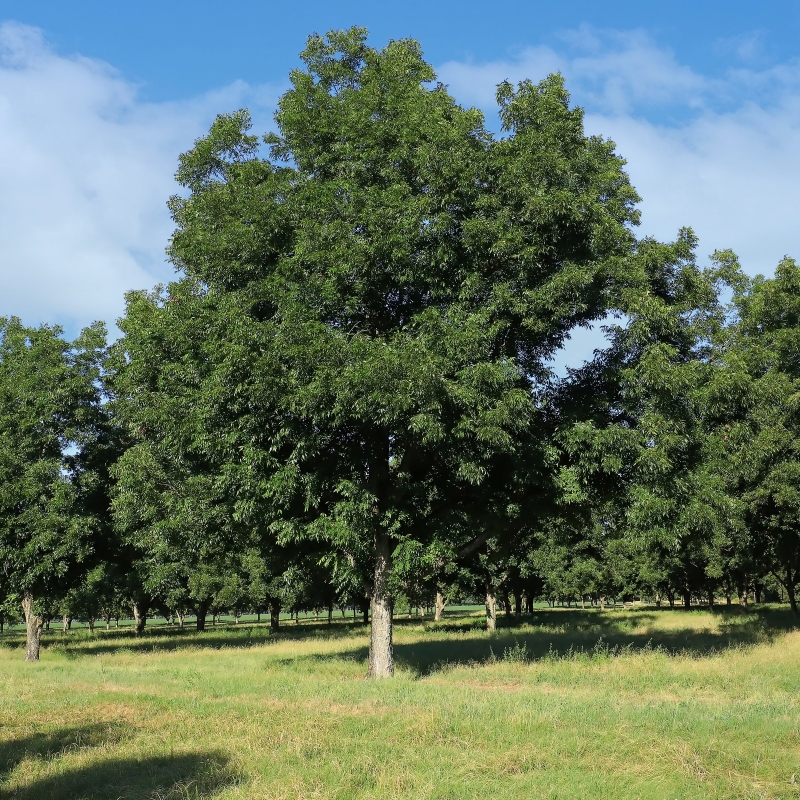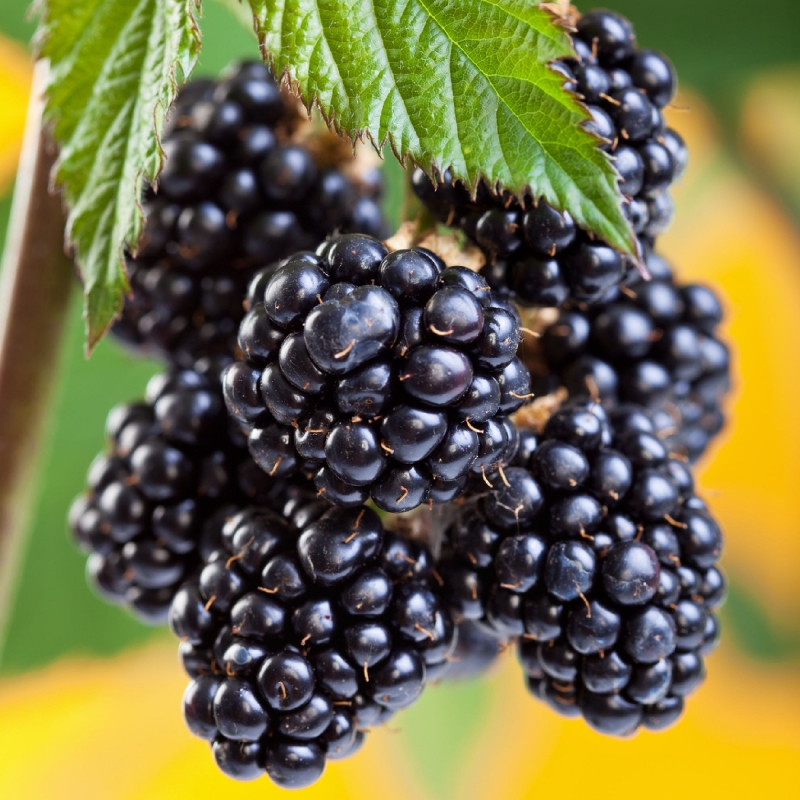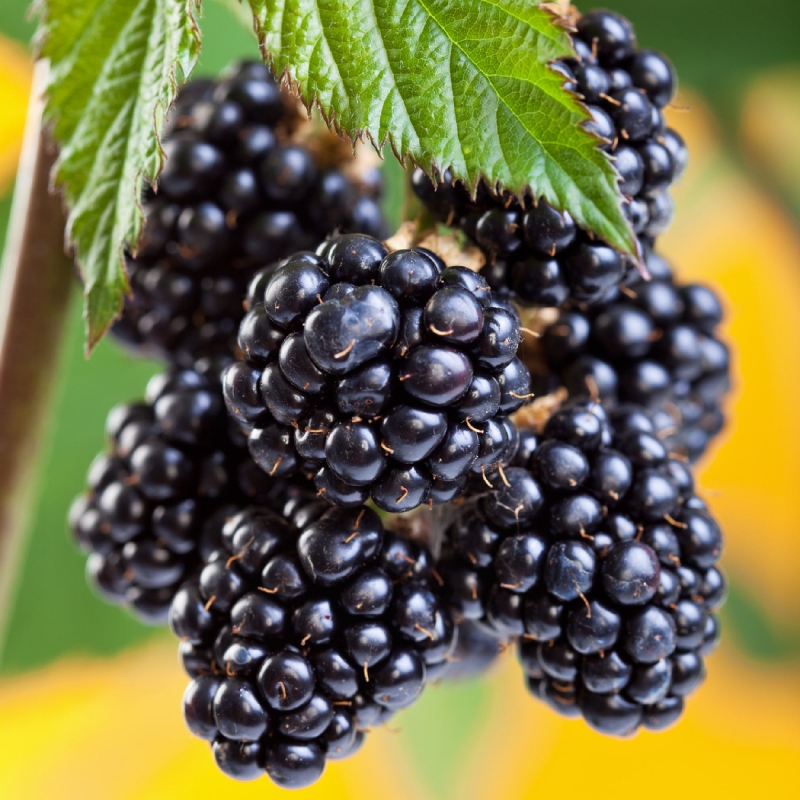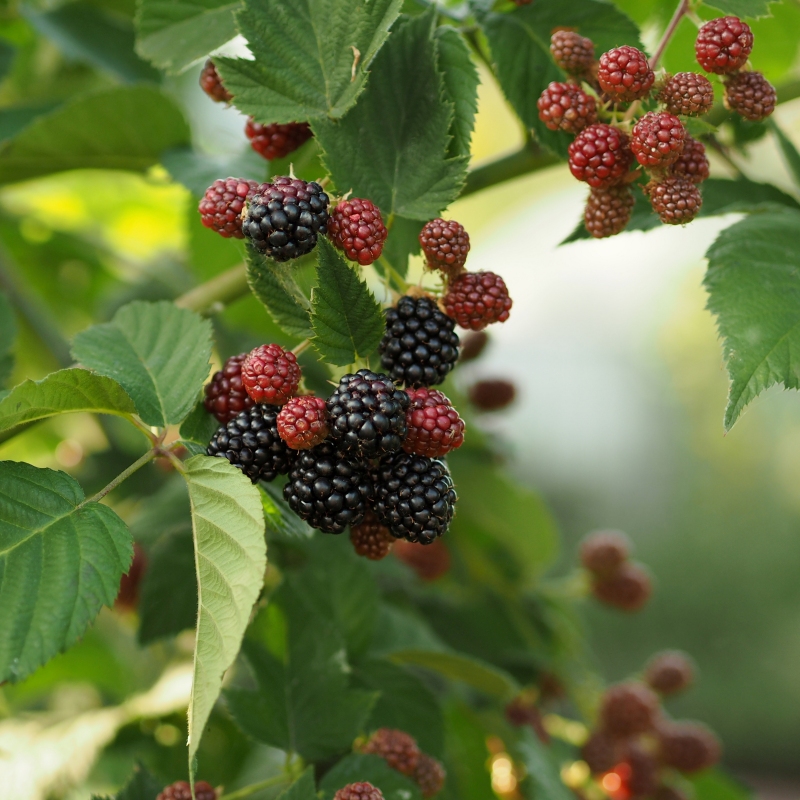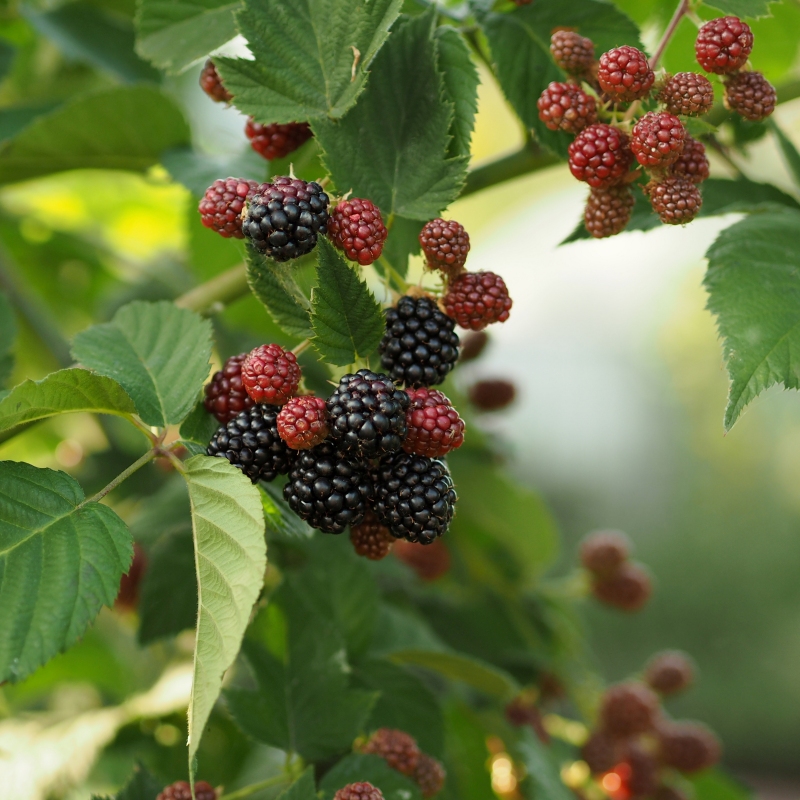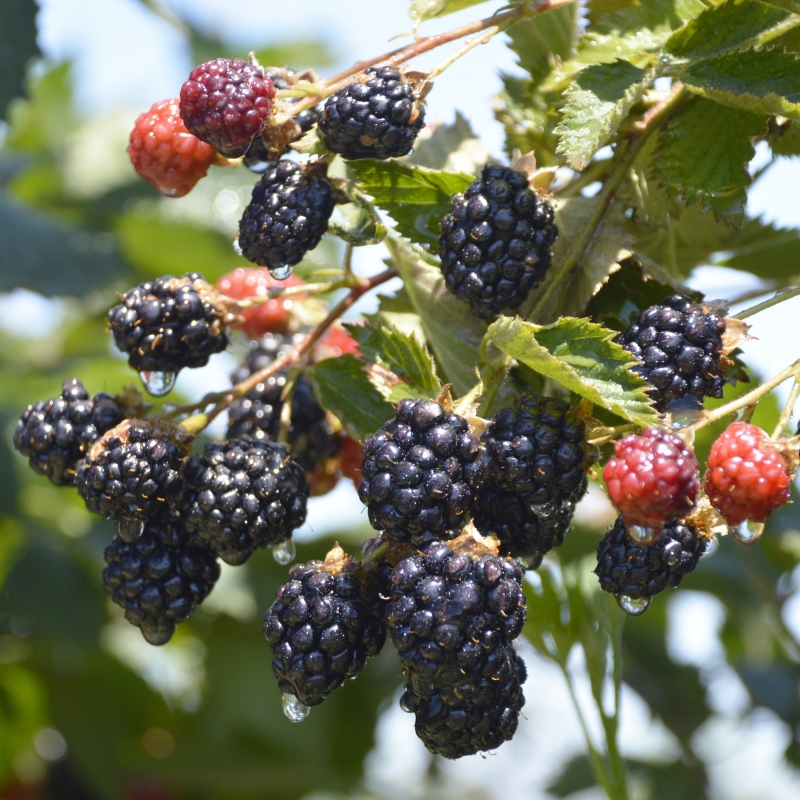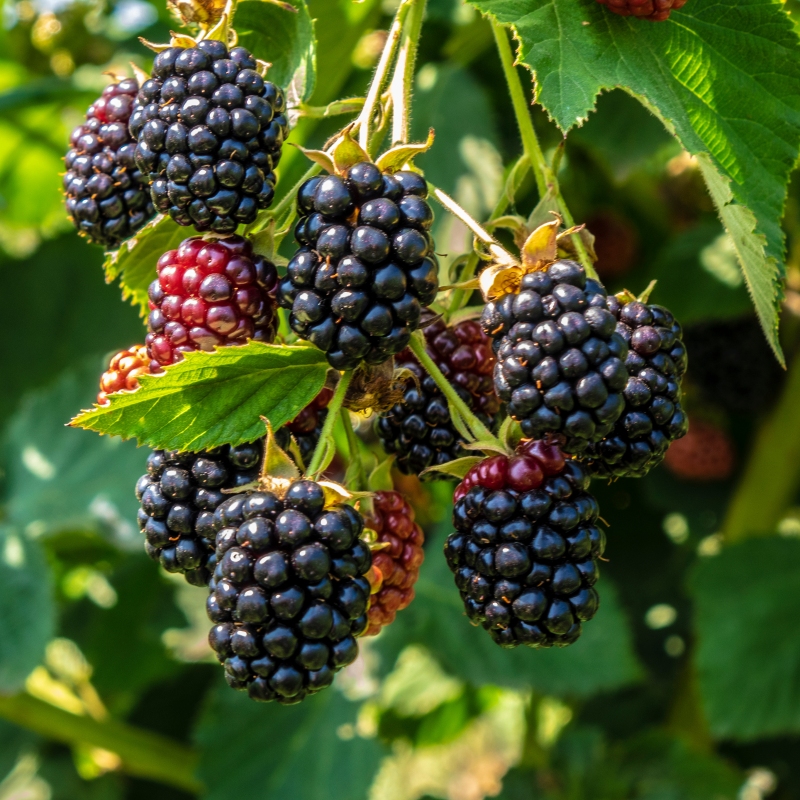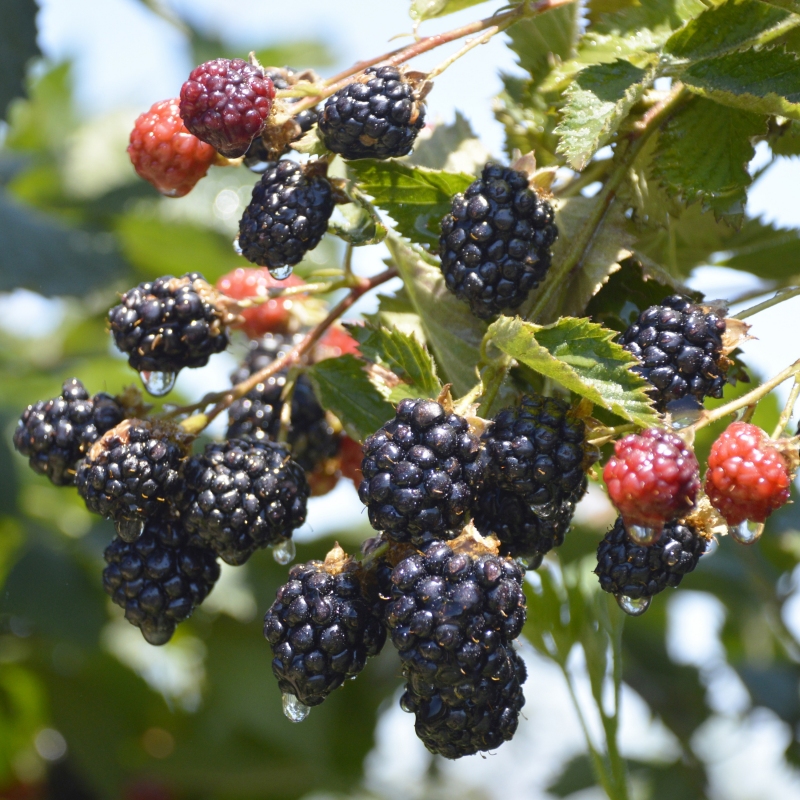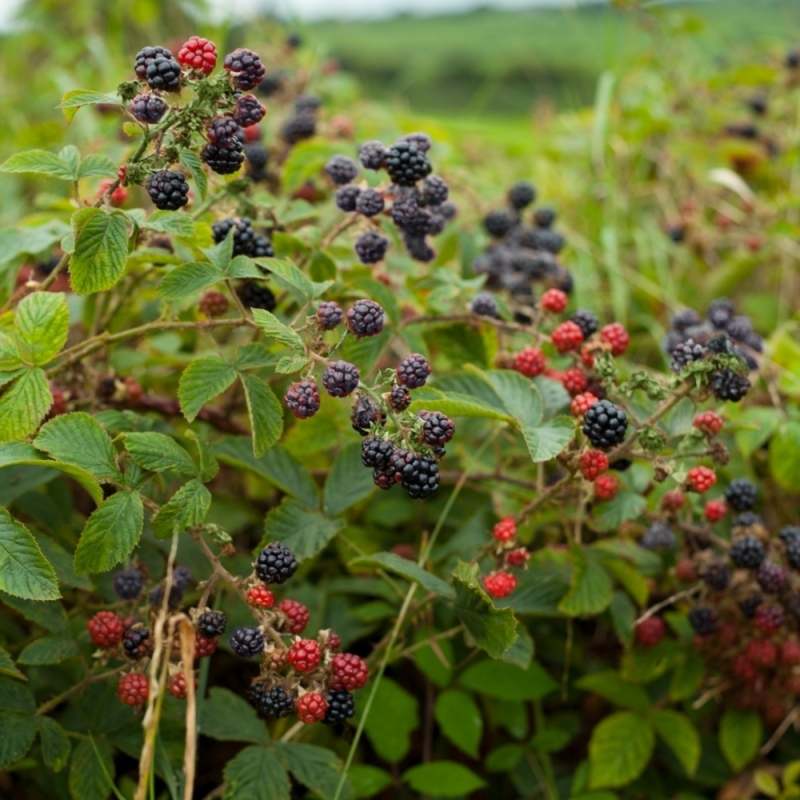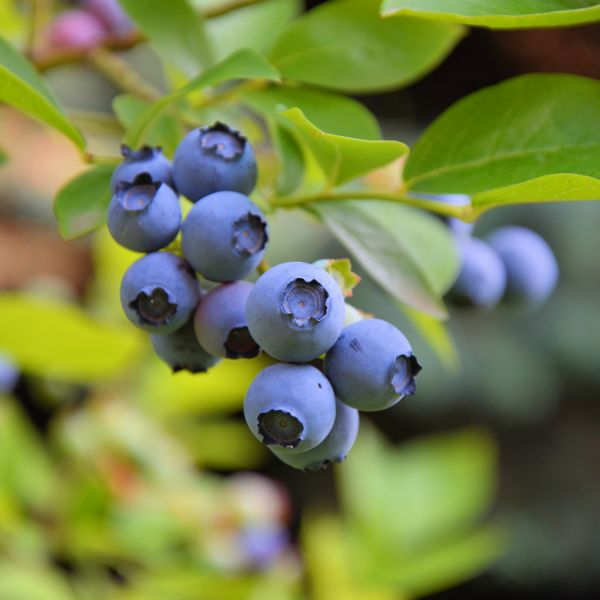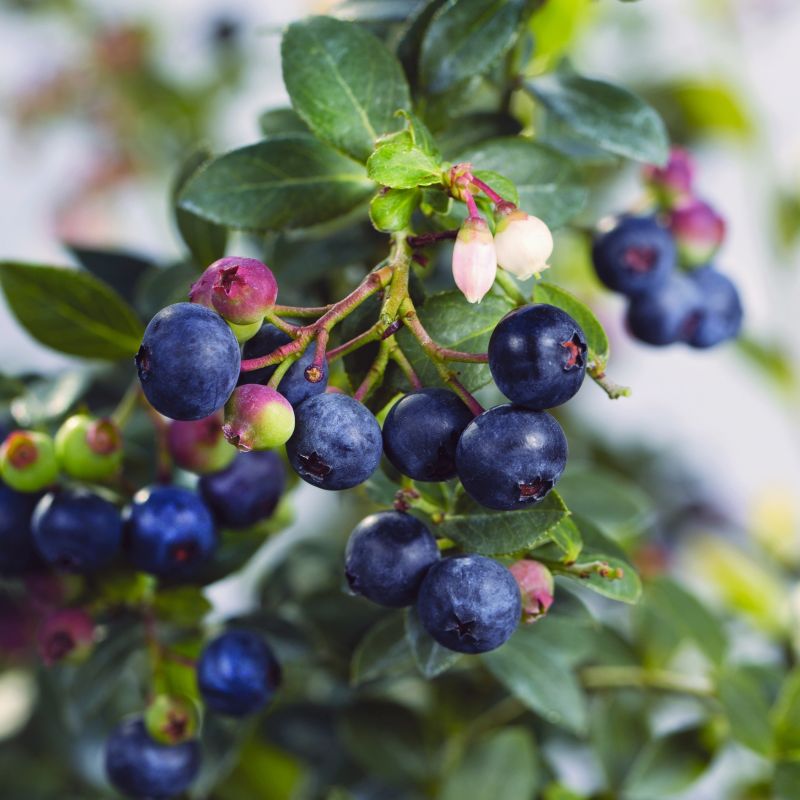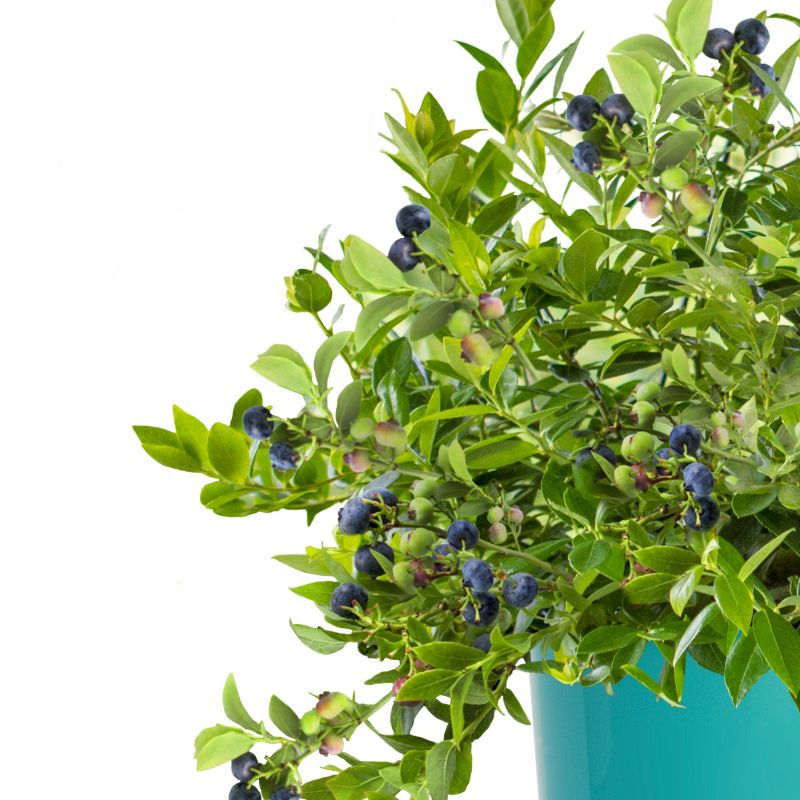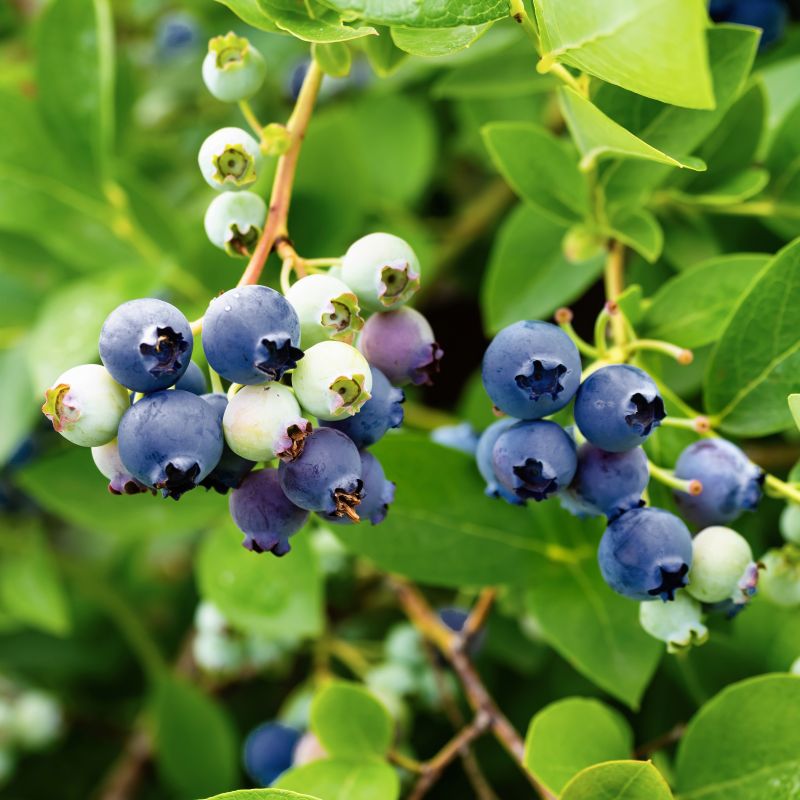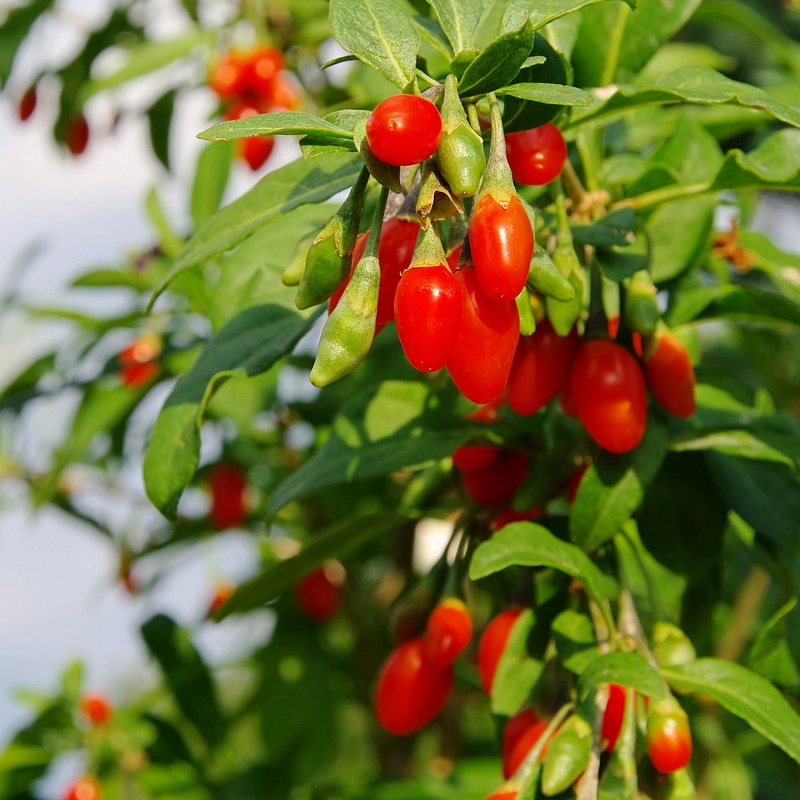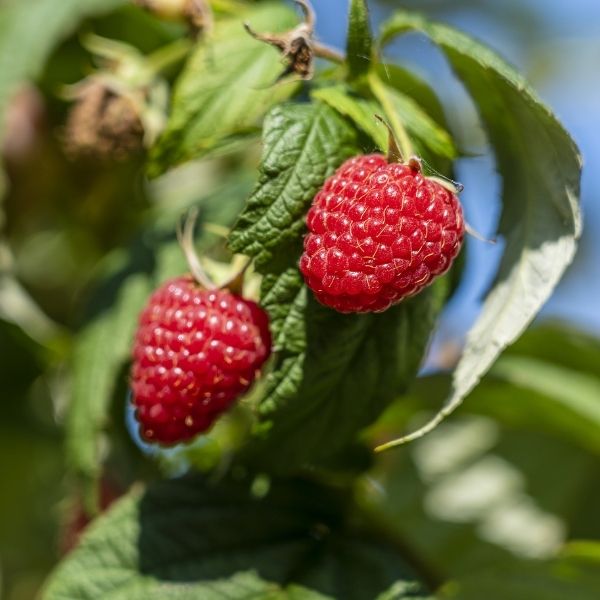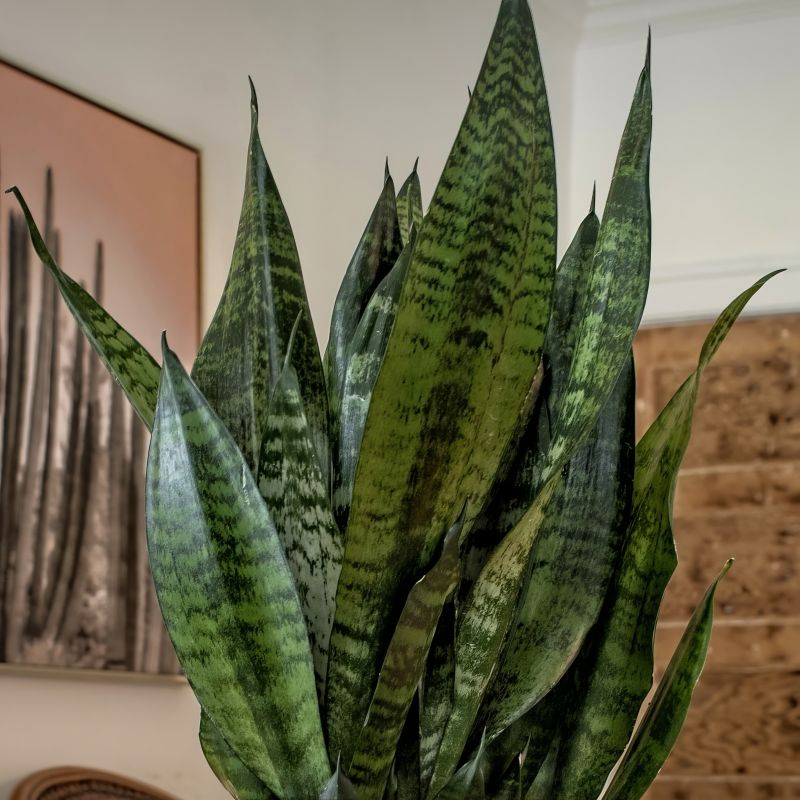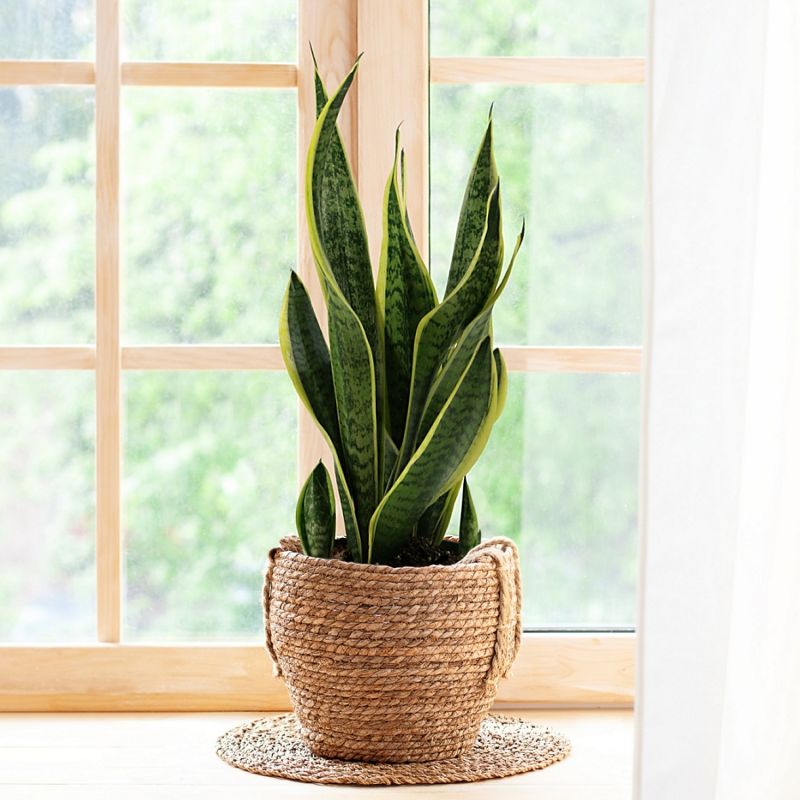

Brown Turkey Fig
Ficus carica 'Brown Turkey'
18 reviews


Brown Turkey Fig
Ficus carica 'Brown Turkey'
18 reviews
- Produces sweet and juicy figs
- Hardy and low-maintenance tree
- Resistant to pests and diseases
- Ships to 43215 in 7-10 Days
- Free Shipping Over $150
- Plant Arrival Guarantee
- In Stock
- Free Plant Consult
$200
$86.00
$123.00
30% Off
- 1.5 Gallon
- 3.5 Gallon
We are sorry, product is currently out of stock due to seasonal availability. Please check the "Related plants available in your area" section below
Why Brown Turkey Fig?
Brown Turkey Fig (Ficus carica 'Brown Turkey') is a popular fig variety due to its sweet and flavorful fruit. It is known for its ability to produce multiple crops of figs during a growing season. The figs are medium-sized with a brownish-purple skin and a deep red flesh. This variety is also appreciated for its adaptability to different climates and its ability to thrive in both container and outdoor garden settings.
Related plants available in your area
Sunlight
The Brown Turkey Fig requires full sun exposure, meaning it needs at least six hours of direct sunlight per day to thrive and produce abundant fruit.
Watering
The Brown Turkey Fig has a moderate watering requirement. It prefers a consistent moisture level in the soil, so it should be watered deeply once or twice a week during hot and dry periods. However, it is important to avoid overwatering, as this can cause
Fertilizing
The fertilizer requirement for Brown Turkey Fig trees is generally low to moderate. A balanced fertilizer with equal amounts of nitrogen, phosphorus, and potassium can be applied once or twice per year, preferably in the spring or early summer.
Brown Turkey Fig (Ficus carica 'Brown Turkey')
The Brown Turkey Fig, scientifically known as Ficus carica 'Brown Turkey', is a popular variety of fig tree that produces sweet and delicious fruits. This deciduous tree is native to Western Asia and the Mediterranean region, and it is highly valued for its fruiting capabilities.
Key Features:
- Size: The Brown Turkey Fig can reach a mature height of 15-30 feet and spread of 12-30 feet. It has a rounded, spreading habit.
- Foliage: The leaves of the Brown Turkey Fig are large, simple, and palmate-shaped with three to five lobes. The upper surface is a lush green color, while the underside is slightly lighter.
- Fruits: This fig tree produces medium to large-sized fruits with a purplish-brown skin when mature. The flesh is sweet, juicy, and reddish-pink on the inside. The fruits are highly flavorful and can be eaten fresh or used in various culinary applications.
- Hardiness: It is a hardy tree that can tolerate a wide range of climatic conditions. They are suitable for growing in USDA hardiness zones 7-11.
- Growth Rate: The Brown Turkey Fig has a moderate growth rate, and it can start bearing fruits within 2-3 years of planting.
- Cultural Requirements: These fig trees prefer full sun exposure for optimal fruit production. They thrive in well-drained soils but can tolerate a variety of soil types. Regular watering and occasional fertilization are recommended for best growth and fruiting.
- Landscape Uses: The Brown Turkey Fig is an excellent choice for both ornamental and edible gardening. Its attractive foliage, intriguing shape, and bountiful fruits make it suitable for use as a specimen tree, focal point, or even as a hedge or screen in the landscape.
- Pests and Diseases: While relatively resistant to many pests and diseases, fig trees may occasionally suffer from aphids, scale insects, or fungal diseases. Regular inspection and appropriate treatments, if necessary, are important to maintain tree health.
Whether grown for its delectable fruits or as an eye-catching addition to your landscape, the Brown Turkey Fig (Ficus carica 'Brown Turkey') is an outstanding choice. Its ease of care, productivity, and versatility make it a must-have for any gardener or fruit enthusiast.
Plant Information:
| Botanical Name: | Ficus carica 'Brown Turkey' |
| USDA Zones: | 5-9 |
| Water: | Moderate |
| Exposure: | Full Sun |
| Soil Needs: | Well-Drained |
| Mature Height: | 10 - 15 feet |
| Mature Spread: | 12 - 15 feet |






Pollination Info
Pollination Info for Brown Turkey Fig (Ficus carica 'Brown Turkey')
Overview
The Brown Turkey Fig, scientifically known as Ficus carica 'Brown Turkey', is a popular variety of fig tree cultivated for its sweet and flavorful fruits. To ensure a successful fruit harvest, proper pollination is essential.
Pollination Type
The Brown Turkey Fig is a self-pollinating or self-fertile plant, which means it is capable of setting fruit on its own without the need for cross-pollination from another tree.
Pollination Process
The Brown Turkey Fig has unique flowers that are actually enclosed within a fleshy, hollow structure called a syconium. These syconia function as the fig's fruit. Inside each syconium, miniature flowers are hidden, and the pollination occurs through a unique process involving specialized fig wasps.
Pollinators
The Brown Turkey Fig relies on fig wasps for pollination. However, the Brown Turkey Fig cultivated for commercial fruit production often does not require wasps for pollination since it is capable of self-pollination.
Factors Affecting Pollination
In order to achieve optimal pollination and fruit production, consider the following factors:
- Plant Density: Planting multiple Brown Turkey Fig trees close to each other can increase the chances of cross-pollination and enhance fruit yield.
- Pollinator Attraction: Encouraging the presence of fig wasps or other pollinators, such as bees and wasps, can potentially increase pollination success.
- Weather Conditions: Extreme heat or cold, high humidity, or heavy rains during the flowering period might affect pollination adversely.
Fruit Development
After successful pollination, the figs develop and mature over the course of several months. They start as small, green structures and gradually enlarge, turn brown, and become soft and sweet when ripe.
Harvesting
Knowing when to harvest your Brown Turkey Figs is crucial for optimal flavor. Figs are typically ready for harvest when they become fully soft, have a rich color, and easily detach from the tree when gently twisted.
Conclusion
While the Brown Turkey Fig is capable of self-pollination, providing the ideal conditions for pollination can enhance fruit production. Understanding the pollination process and considering the various factors affecting pollination can lead to a bountiful harvest of delicious Brown Turkey Figs.
FAQ
Brown Turkey Fig (Ficus carica 'Brown Turkey') - FAQ
Q: What is a Brown Turkey fig?
A: Brown Turkey fig (Ficus carica 'Brown Turkey') is a variety of fig tree known for its sweet and flavorful fruit. It is one of the most popular fig varieties grown for its reliable yield and adaptability to various climates.
Q: How tall does a Brown Turkey fig tree grow?
A: Brown Turkey fig trees can reach a height of 15 to 30 feet (4.5 to 9 meters) and have a spread of about 10 to 30 feet (3 to 9 meters). However, with regular pruning, they can be kept at a more manageable height.
Q: When does Brown Turkey fig bear fruit?
A: Brown Turkey figs typically bear fruit in the late summer or early fall. The exact time may vary depending on the climate and growing conditions.
Q: How do I plant a Brown Turkey fig tree?
A: To plant a Brown Turkey fig tree, choose a location with well-drained soil and full sun exposure. Dig a hole slightly larger than the root ball, place the tree in the hole, and backfill with soil. Water the tree thoroughly after planting.
Q: How much water does a Brown Turkey fig tree need?
A: Brown Turkey fig trees require regular watering, especially during hot, dry periods. Water deeply to ensure the roots receive enough moisture, but avoid overwatering, which can cause root rot.
Q: Does a Brown Turkey fig tree require pruning?
A: Yes, regular pruning is beneficial for Brown Turkey fig trees. Prune the tree in late winter or early spring to remove dead or damaged branches and maintain its shape. Additionally, you can prune to control the size and promote better fruiting.
Q: How long does it take for a Brown Turkey fig tree to bear fruit?
A: Brown Turkey fig trees typically start bearing fruit within 2 to 3 years after planting, although it can vary depending on the growing conditions.
Q: How do I harvest Brown Turkey figs?
A: Brown Turkey figs are ready for harvest when they change color from green to purple-brown and become slightly soft. Gently twist the fruit to detach it from the tree. Ripe figs should be consumed or refrigerated promptly.
Q: Can I grow a Brown Turkey fig tree in a container?
A: Yes, Brown Turkey fig trees can be successfully grown in containers. Choose a large container with drainage holes and use well-draining potting soil. Place the container in a sunny location and water regularly.
Q: What are the common pests and diseases affecting Brown Turkey fig trees?
A: Brown Turkey fig trees can be susceptible to pests such as aphids, scale insects, and nematodes. Diseases like fungal leaf spot and root rot can also occur. Regular monitoring, proper sanitation, and timely treatments can help prevent and control these issues.
Q: Can I eat Brown Turkey figs directly from the tree?
A: Yes, Brown Turkey figs are delicious when eaten fresh from the tree. They have a rich, sweet flavor and a soft, juicy texture.
Planting & Care
Planting & Care for Brown Turkey Fig (Ficus carica 'Brown Turkey')
Planting
- Choose a sunny location with well-drained soil.
- Dig a hole that is double the width and slightly deeper than the root ball of the fig tree.
- Remove the tree from its container and gently loosen the roots.
- Place the tree in the hole and backfill with soil, firming it gently around the roots.
- Water thoroughly after planting to settle the soil.
Care
- Watering: Figs have moderate water needs. Keep the soil evenly moist, but not waterlogged. Water deeply when the top inch of soil feels dry.
- Fertilizing: Apply a balanced, slow-release fertilizer in early spring and again in early summer. Follow the instructions on the fertilizer package for application rates.
- Pruning: Prune the fig tree in late winter or early spring before new growth starts. Remove any dead, diseased, or crossing branches. Shape the tree by selectively pruning to maintain an open canopy.
- Pollination: Brown Turkey figs are self-pollinating and do not require a second tree for pollination. However, attracting pollinators like wasps, bees, or flies can increase fruit production.
- Harvesting: Figs are ready for harvest when they are fully ripe and slightly soft. Gently twist or cut the fruits from the tree. Harvest figs regularly to encourage continuous fruiting.
- Winter Protection: In colder climates, protect the fig tree during winter by wrapping it with burlap or using a protective cover. Mulch around the base to insulate the roots.
Check Out These Verified Customer Reviews:
Customer Reviews
4.7 out of 5 based on 18 reviews
Thank you! Your review has been submitted.
Customer service was helpful and responded quickly to my inquiries.
The Brown Turkey Fig I ordered exceeded my expectations. The fruits were ripe and delicious. The customer service was excellent as they promptly addressed a small issue with my order. I highly recommend this product.
Healthy and hearty plant. Thrilled with my purchase.
Item has been added to your cart.



